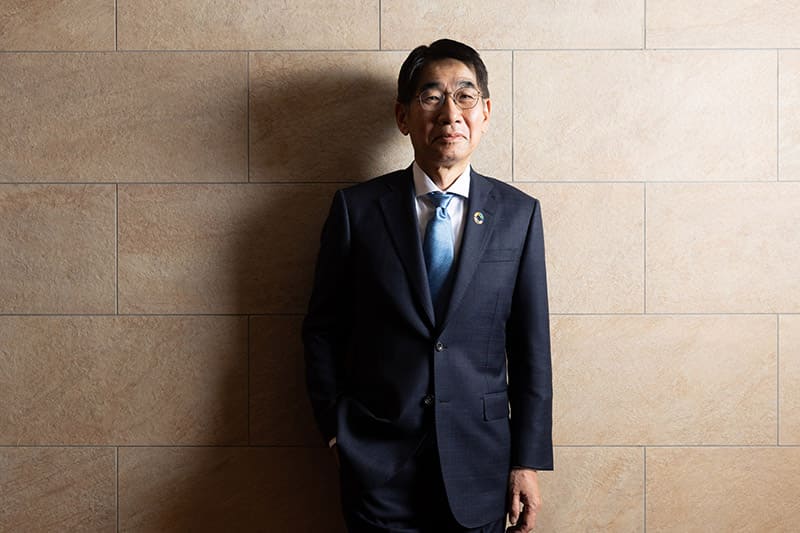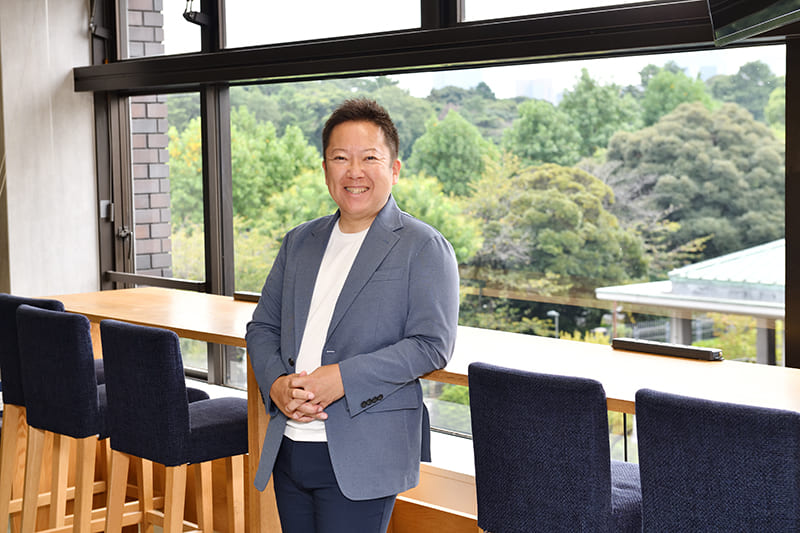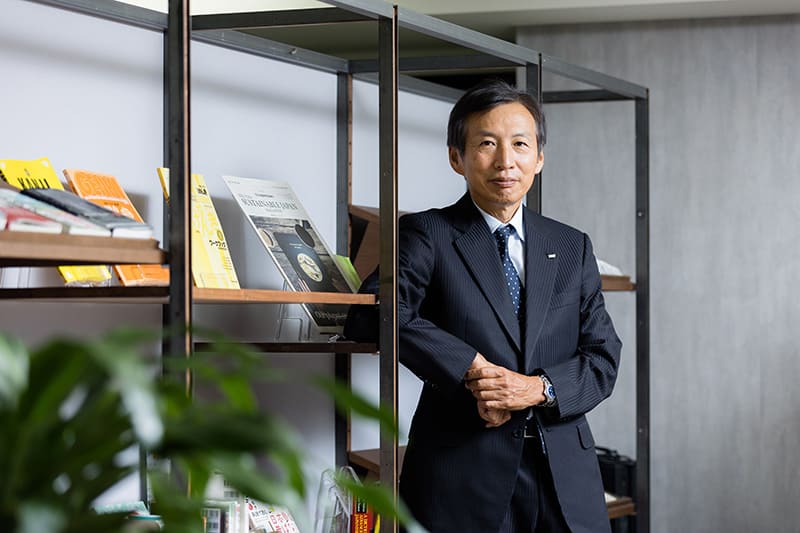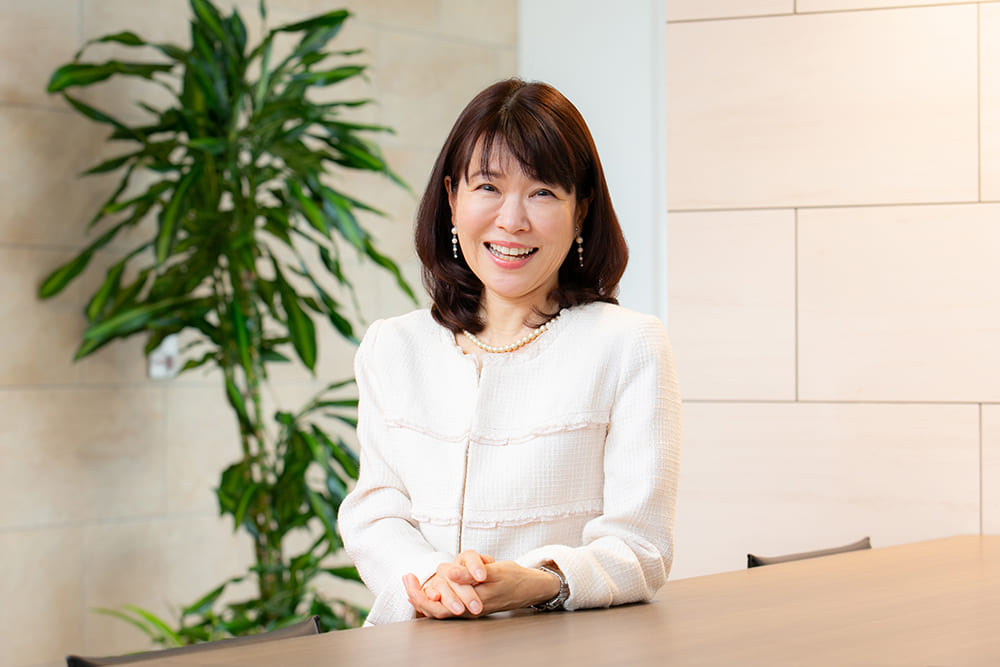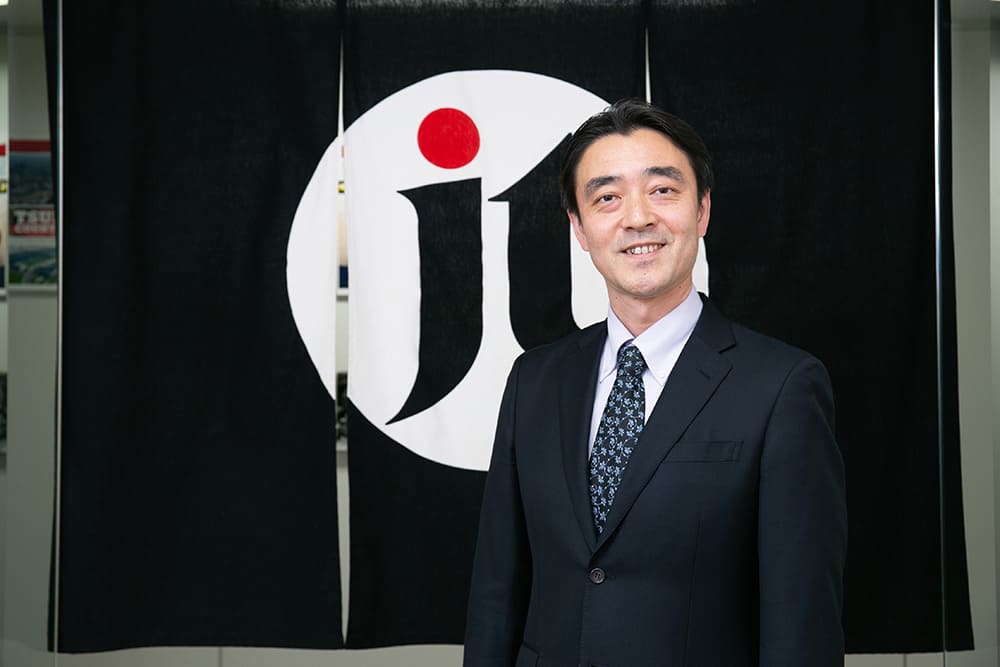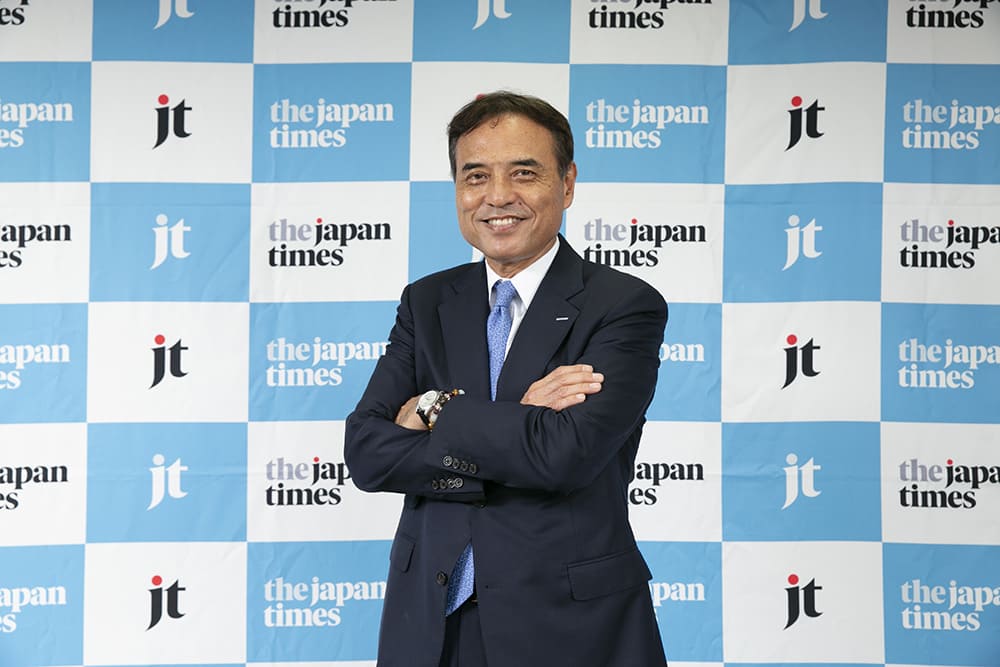December 02, 2022
Keio University draws new generation to build society

With Japan facing the challenges of a declining population and a prolonged economic slump, the president of Keio University said the university must accelerate building a globally attractive educational environment by inviting young people from around the world.
“When the Japanese economy is struggling amid the declining population and aging society and when we think about how to build Japanese society for the future, the fact of the matter is we should attract as many young people as possible from around the world,” Keio University President Kohei Itoh told The Japan Times in a recent interview.
“We have to review what our university has done in the past two to three decades and take on whatever Keio can do to make things better,” said Itoh, who was appointed president in May 2021.
The president said, however, that becoming one of the world’s top 100 universities or exclusively focusing on research is not what Keio aims to do, because its mission is contributing to the world by bringing leaders out into society. In the latest ranking, only two Japanese universities — the University of Tokyo and Kyoto University — are ranked in the top 100.
When Itoh thinks about Keio’s mission, he is always reminded of these words of the school’s founder more than a century ago: “Making human resources that lead the whole society.”
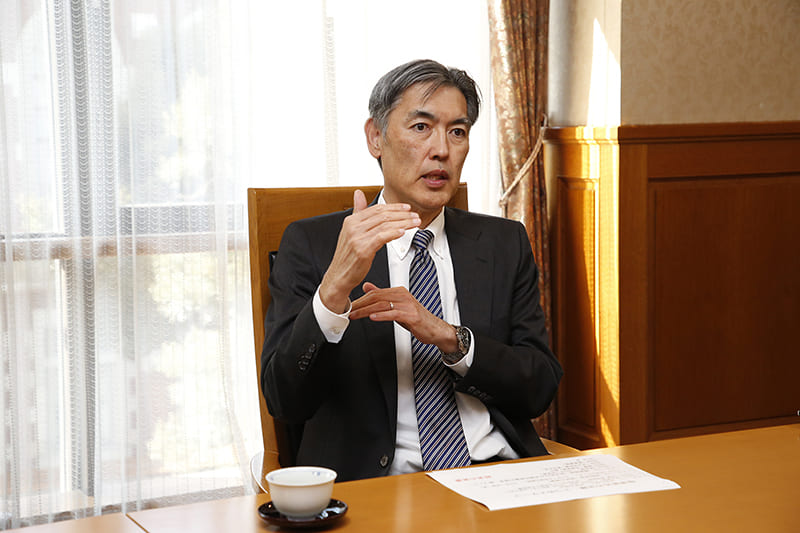
“Since our mission is contributing to the world, what is required for our university is not just encouraging academics and increasing the number of graduate students. What matters most is how to support students’ growth and how to create an environment that helps them to study on their own and take off to the world,” Itoh said.
Itoh refers to the spirit of the founder, Yukichi Fukuzawa, an educationist and philosopher of enlightenment, in influencing the country at the start of the Meiji Era. He is well-known as the author of “Gakumon no Susume” (“An Encouragement of Learning”), published in 1872. His thought that “heaven does not create one man above or below another man” had a significant impact on the Japanese people at that time, making the book a bestseller, with sales of 3.4 million copies.
At a time when Japan had just opened itself to the world after maintaining a long isolationist policy under the Tokugawa shogunate (1603-1867), the introduction of Western philosophy by Fukuzawa impressed a citizenry emerging from a feudal society. In the book, he wrote that all people are born equal, and that what makes the difference between a wise man and a fool is whether a person learns or not. We should not only be satisfied with a good family and a good life, but we always have to make efforts to create a better society. For that purpose, we need to keep on learning, he said. In the era following the Meiji Restoration, Japan was slowly transforming itself into a capitalist country. Although taking its first steps as a modern society, it was still controlled by a small number of privileged people. Fukuzawa, who founded Keio in 1858 when he was 25 years old, said the school’s mission was educating people who could learn by themselves and guide all of society in the right direction to build a better country.
According to analysis by Shinzo Koizumi, an economist who was Keio’s president from 1933 to 1947, Fukuzawa’s activities after he established Keio i. e., 1858-1901, took three stages. In the first stage, he “introduced the world and Western education to the people.” It was a time when the country was opening itself up to other nations, learning from Western cultures, building a new economic system and reinforcing military power. During this period, Fukuzawa visited the United States in 1860 and Europe in 1862 as a member of a government mission. After the long journeys, he wrote books to introduce his countrymen to what he had seen and learned overseas.
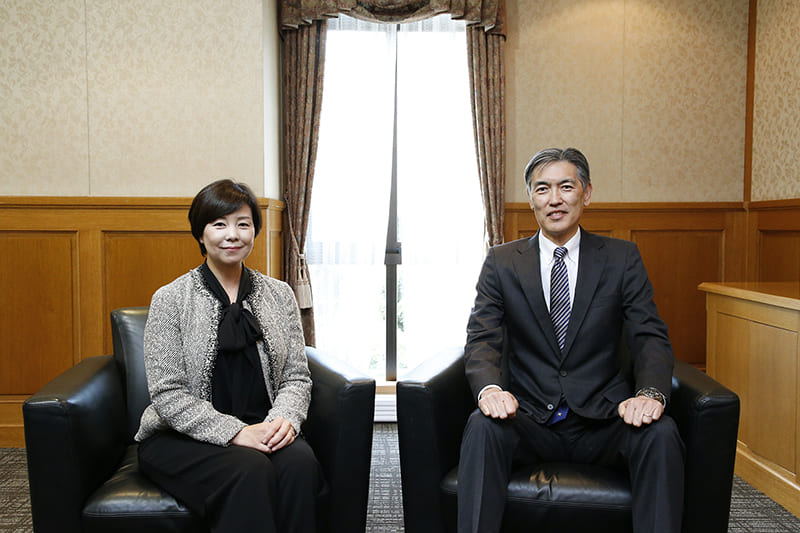
The next stage (1870-1880) was the “sweeping and destroying” stage. Fukuzawa persuaded Japanese people to learn how not to be controlled by the government, in an era when national policymaking was still dominated by a small number of aristocrats and descendants of samurai, who accounted for slightly more than 5% of the overall population.
“Fukuzawa said the commoners, consisting of about 93% of the population, needed to learn how to not merely defer to the government but to make a contract with it, pay taxes and express their opinions on an equal footing with the government,” Itoh said. “In this way, he showed what democracy is all about.” The Keio president said that what Fukuzawa taught people was that government ends up oppressing the people if they don’t learn enough.
In the last stage (1880-1901) of Fukuzawa’s influence on society, he proposed “construction and management” of the country. In this stage, Fukuzawa said Japan should develop as a democratic country. He recommended a political system along the lines of the British two-party system, insisted that the emperor should play a symbolic role and criticized discrimination against female students.
One thing that makes today different from that era of absorbing knowledge from overseas is the fast development of information technologies. “People think they are making judgments by themselves, but SNS and other personalized media tend to feed polarized information that makes them feel comfortable,” Itoh said. This trend could affect many aspects of our society, including voting behavior and ethical decisions, Itoh said.
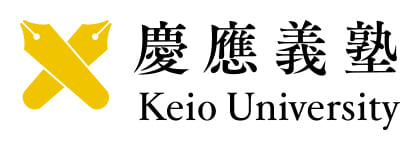
Since he was appointed president last year, Itoh has had meetings with university presidents in many parts of the world, striking partnerships for study exchange programs. He aims to make not only Keio University but all Keio schools attractive for younger generations. “I’m responsible of developing our school, from the elementary school to the university,” Itoh said.
He said the mission of the school is to create leaders in the country, and not merely to join a race to be ranked in the world’s top 100 universities by increasing natural sciences and cutting liberal arts to push up rankings. About 70% of the university currently consists of the humanities and social sciences, and the rest is natural sciences and engineering.
That said, the prime strength of Keio University comes from its medical department, which makes its biosciences competitive worldwide. The university’s Human Biology-Microbiome-Quantum Research Center (Bio2Q) was selected as an outstanding research center under the World Premier International Research Center Initiative (WPI) in October. The WPI program was launched in 2007 by Japan’s Ministry of Education, Culture, Sports, Science and Technology. Bio2Q, led by Keio University School of Medicine professor Kenya Honda, was the first center at a private university to be so selected. The research run by Bio2Q focuses on the interactions between the microbiome — the microorganisms living in and on the human body — and multiorgan networks, facilitated by artificial intelligence technologies and quantum computing. Keio was also ranked ninth in the Nature Index Japan this year.
Keio also supports startups based on technologies originating from the university. Keio launched a venture capital firm, Keio Innovation Initiative, in 2015 to finance promising startups.

